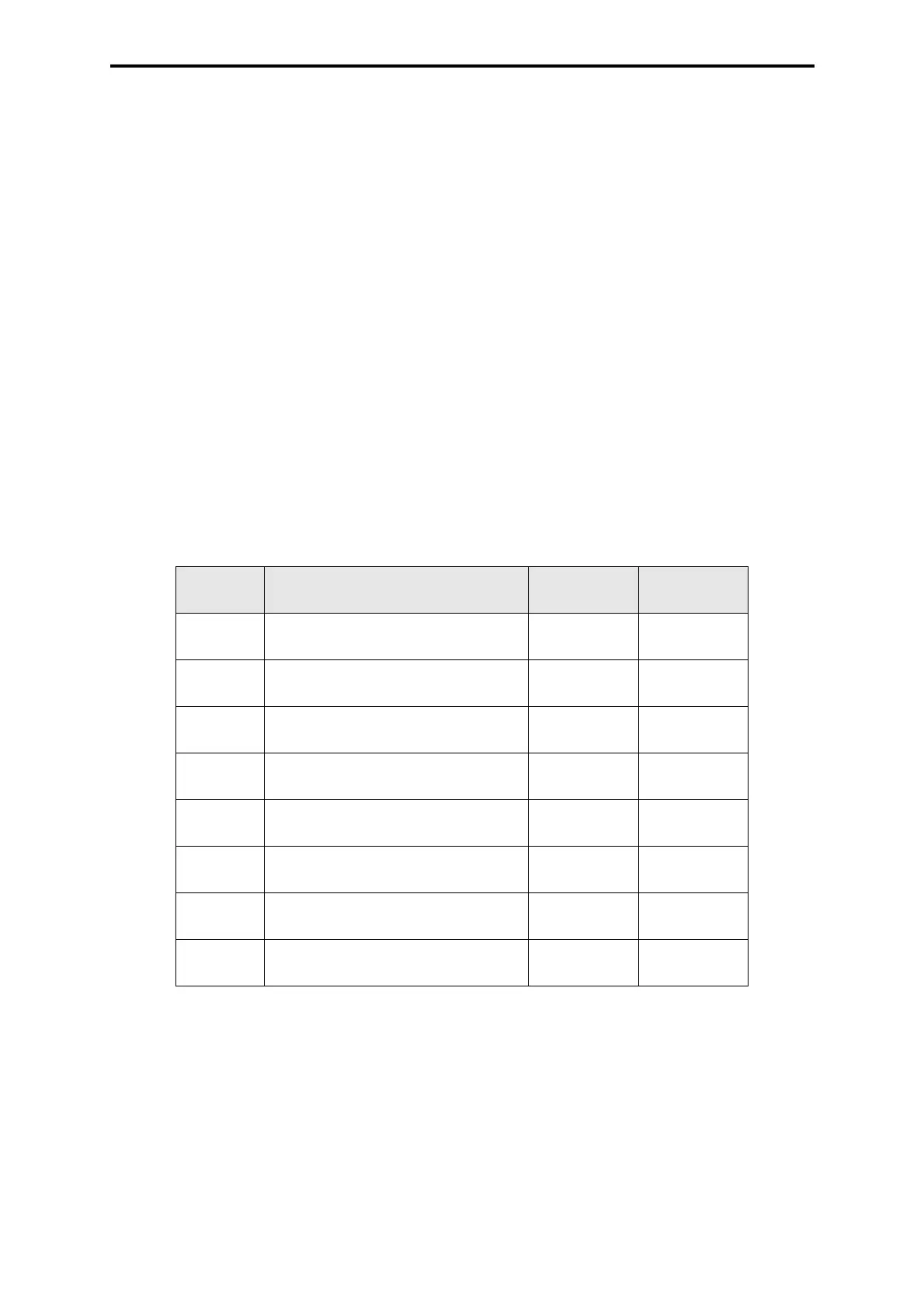F 8628X (0650)
433
9.1 Data formats
The following description concerns the telegram user data only.
Please we refer to the EN 50 170 standard for further information about telegram data.
The BUSCOM data type
WORD appears in a telegram as 2 consecutive bytes in big-endian
format.
During the transmission, the BUSCOM data type
BOOL is compressed such that up to 8 con-
secutive variables defined in the import/export range are packed in one byte. The TRUE value
corresponds to 1, and the FALSE value corresponds to 0. The numbering of the Boolean BUS-
COM variables in the bits of the byte begins at bit 0 and ends at bit 7. This corresponds to Bool-
ean variable [a] to Boolean variable [a+7]. If integer multiples of 8 consecutive Boolean
variables have not been defined in one range/data pool, the remaining bits of the last byte will
remain undefined.
If Word variables follow a row of Boolean variables, the Word variables begin in the subse-
quent byte.
9.2 Addressing
The BUSCOM variables are addressed using their identity number, which is used to replace
the BUSCOM address.
The window definition for PROFIBUS INPUT and OUTPUT appears as follows:
Table 13: Window definitions for PROFIBUS-DP input and output
The parameter range (parameter data in the master PROFIBUS-DP configuration software) con-
sists of 32 byte initialized with 00 hex. In the PROFIBUS-DP master, they are set to their values
(Figure 10).
The first 16 bytes (byte 0 to 15) describe the export variable windows; the last 16 bytes (byte 16
to 31) describe import variables of the communication module.
In ELOP II, export variables correspond to PROFIBUS input variables and import variables in
ELOP II correspond to PROFIBUS output variables (modules in Figure 13).
The data in the parameter range (parameter data) each consist of 2 bytes forming a big-endian
Range Parameters
PROFIBUS
INPUT
PROFIBUS
OUTPUT
Export 1 [0,1] = Start identity number
[2,3] = Number of variables
X
Export 2 [4,5] = Start identity number
[6,7] = Number of variables
X
Export 3 [8,9] = Start identity number
[10,11] = Number of variables
X
Export 4 [12,13] = Start identity number
[14,15] = Number of variables
X
Import 1 [16,17] = Start identity number
[18,19] = Number of variables
X
Import 2 [20,21] = Start identity number
[22,23] = Number of variables
X
Import 3 [24,25] = Start identity number
[26,27] = Number of variables
X
Import 4 [28,29] = Start identity number
[30,31] = Number of variables
X
